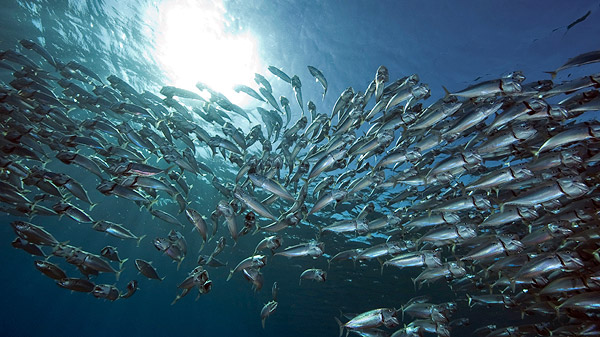Modesto Bee
Five irrigation districts in and near Stanislaus County are urging federal officials to rethink plans![]() for a robust salmon fishing season. They contend that the chinook population along the West Coast remains too small to allow a substantial catch, as the Pacific Fisheries Management Council proposed last week. Leaders of the districts - Modesto, Turlock, Oakdale, South San Joaquin and Merced - are concerned that a drop in salmon numbers could bring calls for increased river flows downstream of their reservoirs... Read more >
for a robust salmon fishing season. They contend that the chinook population along the West Coast remains too small to allow a substantial catch, as the Pacific Fisheries Management Council proposed last week. Leaders of the districts - Modesto, Turlock, Oakdale, South San Joaquin and Merced - are concerned that a drop in salmon numbers could bring calls for increased river flows downstream of their reservoirs... Read more >











